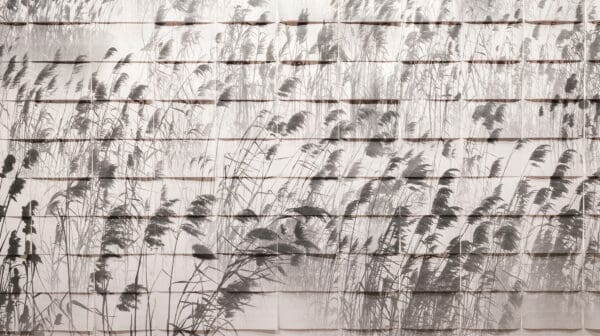
Poetics of Relation
Tender Comrade, currently on show at Sydney’s White Rabbit Gallery, creates a new vocabulary of queer kinship by reimagining the relationship between artworks, bodies and space.
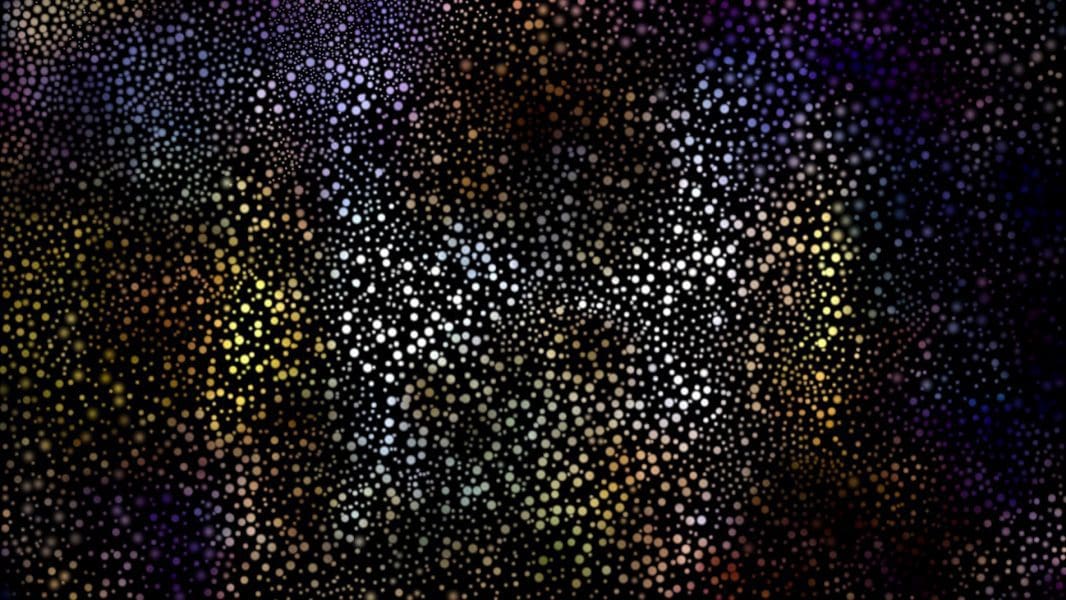
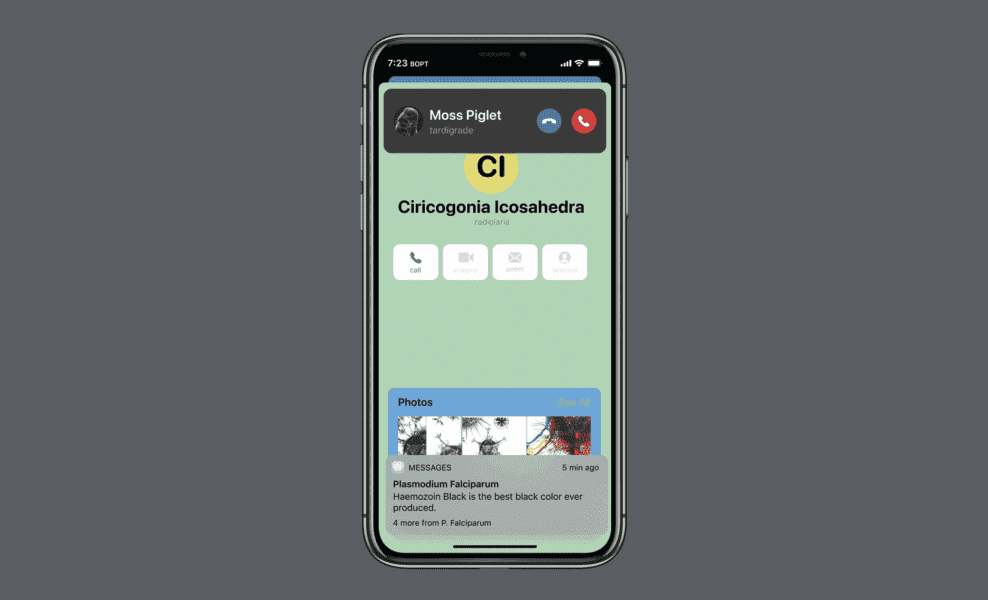
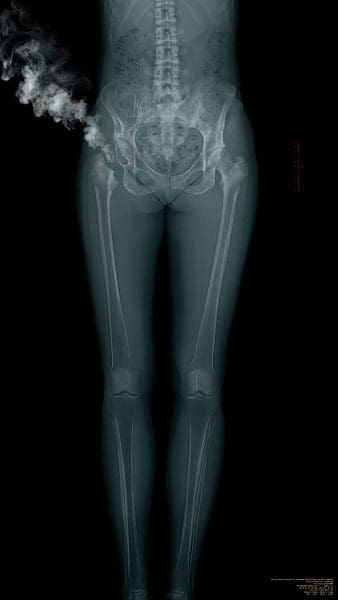
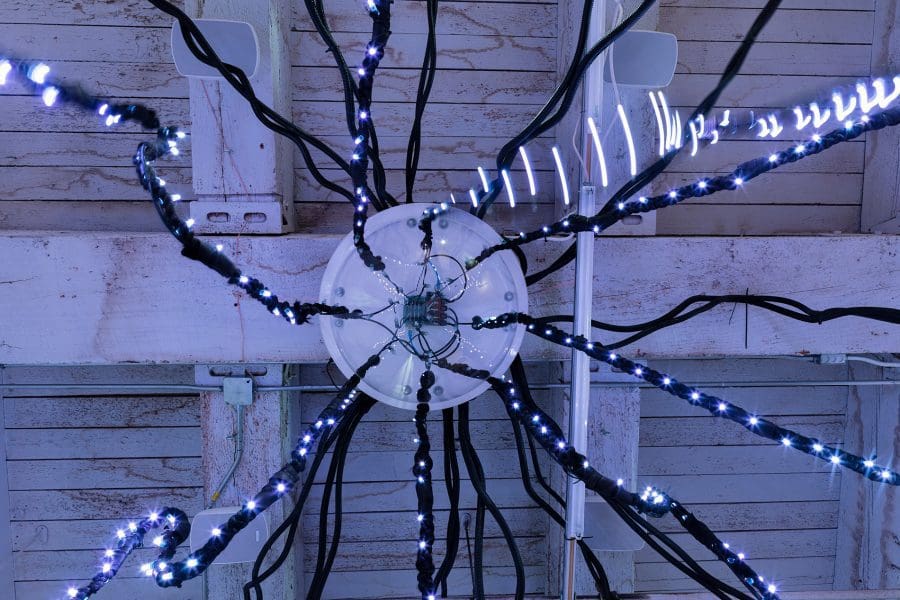
Experimenta Life Forms digs into the teeming soil where biology, science and technology thrive and cross-pollinate.
In this iteration of the International Triennial of Media Art—which tours nationally after its Hobart premiere— moss makes music, human ‘biohazardous waste’ is turned into bone china, two generations of robots meet and perhaps recognise one another, and fungi growth is controlled by movement. As co-curator Jonathan Parsons explains, the exhibition’s theme responds to emerging ideas in both art and science around sentience, interspecies communication, and definitions of ‘life’. “It just felt like the ground was shifting in this area,” he says.
Challenging human-centric thinking—situating human life as “part of the natural system rather than on top of it,” in Parsons’s words—the exhibition features 20 artists based in Australia and internationally. Setting the scene is History is made at night by Daniel Boyd, an immersive video that draws on Indigenous Western Desert painting traditions to enfold viewers in the night sky. Parsons describes the work as bringing a “macro view” to the exhibition’s context. At the other end of the scale is Agat Sharma’s Brachiation on the Phylogenetic Tree, an automated ‘call centre’ experience in which every option selected allows the caller to navigate the evolutionary connections between different microorganisms.
The boundaries between the animate and non-animate are frequently negotiated. In Helen Pynor’s Habitation, the artist’s own bone matter, excised during hip replacement surgery, is turned into bone china replicas of her femur and pelvic bones. Other works bring a strong First Nations perspective to ideas of sentience and personhood: Itówapi Čík’ala (Little Picture), an interactive sound work by Suzanne Kite and Devin Ronneberg, applies an Oglála Lakȟóta (First Nations people of North America) way of understanding non-biological life to our relationship with artificial intelligence and robotics. Life, we begin to see, is slippery—and everywhere.
Experimenta Life Forms: International Triennial of Media Art
Tweed Regional Gallery
10 July – 22 August
This article was originally published in the March/April 2021 print edition of Art Guide Australia.